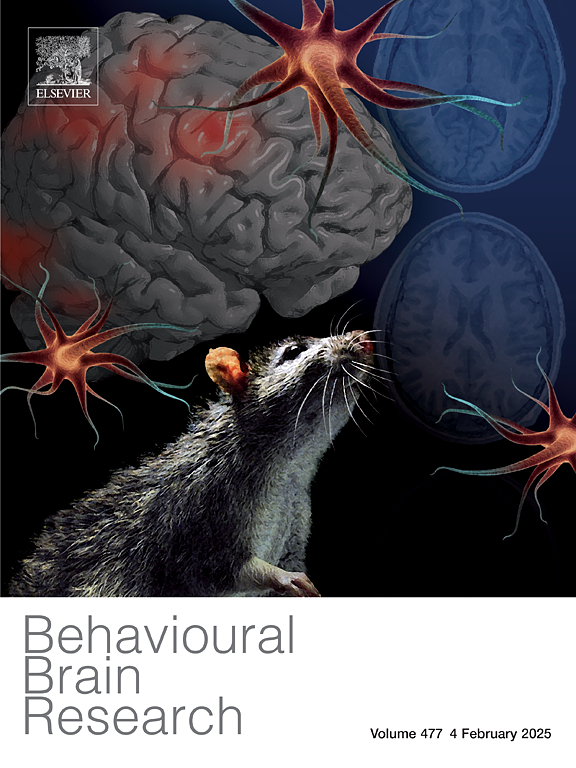Schrödinger’s cat and mouse: An adapted thought experiment for the context of consciousness
IF 2.6
3区 心理学
Q2 BEHAVIORAL SCIENCES
引用次数: 0
Abstract
Consciousness, at its simplest, represents awareness of self in relation to the outside world. This can be divided further into the reasoning and rationality of Access consciousness (A-C) versus the experiential and ‘what it’s like’ of Phenomenal consciousness (P-C). A-C is directly measurable, using standard tests of cognition and memory. However, owing to the subjective nature of P-C, its direct testability remains problematic. We have previously derived indirect measures of P-C that incorporates a combination of subjective questions that are informed by objective dimensions of A-C. This battery of questions have shown sound proof of principle but have not yet been fully tested in the clinical space. As a bridge to clinical validation and in the challenge of a quantification gap, a thought experiment (TE) provides supporting evidence from the philosophy of science. We propose testing the foundational principles upon which operationalization of P-C questions has been designed through the prism of such a TE. We identified that a late-stage theory confirmation type of TE was appropriate for context. In the absence of suitable candidate TEs from cognitive science, we explored adaptation of a classical thought experiment from quantum physics. The ‘Schrödinger’s cat’ TE was refined for purpose into a novel ‘Schrödinger’s cat and mouse’ TE. Using this novel TE, our stated theories on consciousness, specifically P-C, and means of testing resonate with disorders of consciousness, not least delirium.
求助全文
约1分钟内获得全文
求助全文
来源期刊

Behavioural Brain Research
医学-行为科学
CiteScore
5.60
自引率
0.00%
发文量
383
审稿时长
61 days
期刊介绍:
Behavioural Brain Research is an international, interdisciplinary journal dedicated to the publication of articles in the field of behavioural neuroscience, broadly defined. Contributions from the entire range of disciplines that comprise the neurosciences, behavioural sciences or cognitive sciences are appropriate, as long as the goal is to delineate the neural mechanisms underlying behaviour. Thus, studies may range from neurophysiological, neuroanatomical, neurochemical or neuropharmacological analysis of brain-behaviour relations, including the use of molecular genetic or behavioural genetic approaches, to studies that involve the use of brain imaging techniques, to neuroethological studies. Reports of original research, of major methodological advances, or of novel conceptual approaches are all encouraged. The journal will also consider critical reviews on selected topics.
 求助内容:
求助内容: 应助结果提醒方式:
应助结果提醒方式:


